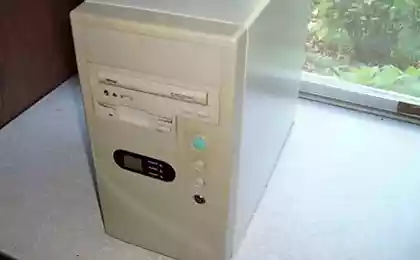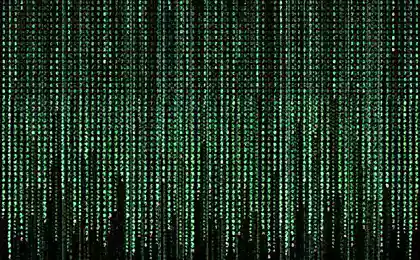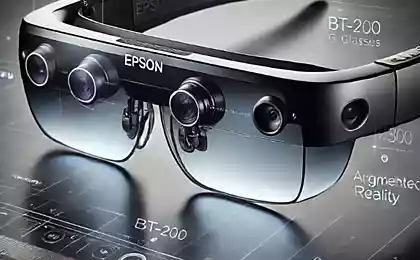491
One of the oldest computers is waiting for the "reset"
Computer Harwell will be called the oldest functioning electronic machine in the world, capable of storing information if the British scientists from the center of Bletchley Park (Bletchley Park) will be able to attract financing for a project to fix it.
4 photos + text via theinquirer.net
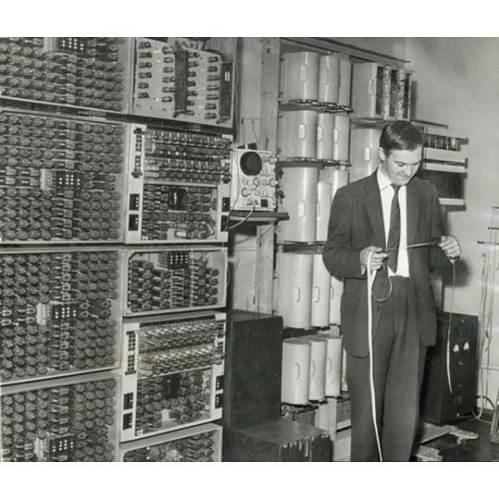
Huge closet with vacuum tubes in 1973 gathered dust at the University of Wolverhampton (Wolverhampton University). Before Harwell, or WITCH (Wolverhampton Instrument for Teaching Computing from Harwell), was quite in demand - it is used for teaching computer science students. The new unit will house the National Museum of Computer Engineering (National Museum of Computing, TNMOC) at Bletchley Park, where during the Second World War, the headquarters of cryptography and scientists working on housebreaking messages coded German cipher machine Enigma (Enigma).
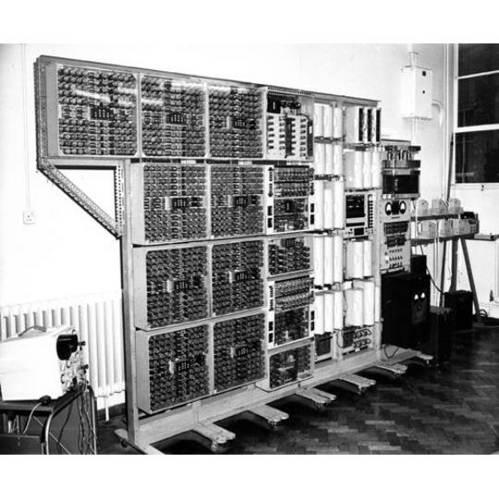
Development Harwell began in 1949 with the aim to shift to electronic "shoulders" of complex scientific calculations are performed on the first mechanical calculator. There were whole teams of operators of these machines, because the mathematical calculations required many, many hours. Monotonous and not very cheerful occupation made people make mistakes, often leads to the need to start the process again. Not surprisingly, therefore the appearance of the idea of automating mechanical work. While using the Harwell data processing occurs at approximately the same speed, but the main thing that interested developers - the reliability of the results and continuity of computing. The man with the calculator was able to keep up with the car no more than half an hour, then took his fatigue. The first results of the new "computer" issued in 1951. The hardware part included electromechanical relays, 900 gas-filled lamps Dekatron, each of which can store one decimal value. Interestingly, decatrons still available, and even in different versions.
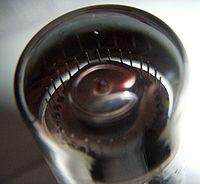
And to enter and store programs used paper tape. From 1951 to 1957 Harwell machine used in a project to develop nuclear weapons, and then was transferred to the University of Wolverhampton, where he renamed WITCH.
WITCH The machine will be restored by volunteers in the museum. Since there is no funding, it was decided to sell the 25 "shares" of the project for £ 4,500 philanthropists and organizations such as the Insight Software, which responded to one of the first. Gains from investments, of course, no promises - meant that by maintaining awareness of the history of computers should be sufficient. "Teams from TNMOC not wait to start reconstruction," - said the representative of the institution Kevin Murrell (Kevin Murrell).
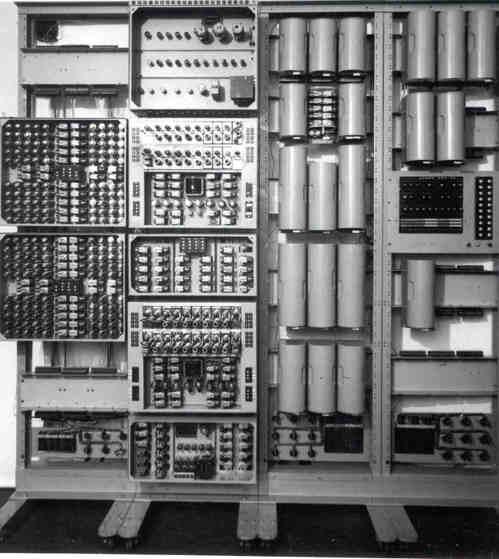
Source:
4 photos + text via theinquirer.net

Huge closet with vacuum tubes in 1973 gathered dust at the University of Wolverhampton (Wolverhampton University). Before Harwell, or WITCH (Wolverhampton Instrument for Teaching Computing from Harwell), was quite in demand - it is used for teaching computer science students. The new unit will house the National Museum of Computer Engineering (National Museum of Computing, TNMOC) at Bletchley Park, where during the Second World War, the headquarters of cryptography and scientists working on housebreaking messages coded German cipher machine Enigma (Enigma).

Development Harwell began in 1949 with the aim to shift to electronic "shoulders" of complex scientific calculations are performed on the first mechanical calculator. There were whole teams of operators of these machines, because the mathematical calculations required many, many hours. Monotonous and not very cheerful occupation made people make mistakes, often leads to the need to start the process again. Not surprisingly, therefore the appearance of the idea of automating mechanical work. While using the Harwell data processing occurs at approximately the same speed, but the main thing that interested developers - the reliability of the results and continuity of computing. The man with the calculator was able to keep up with the car no more than half an hour, then took his fatigue. The first results of the new "computer" issued in 1951. The hardware part included electromechanical relays, 900 gas-filled lamps Dekatron, each of which can store one decimal value. Interestingly, decatrons still available, and even in different versions.

And to enter and store programs used paper tape. From 1951 to 1957 Harwell machine used in a project to develop nuclear weapons, and then was transferred to the University of Wolverhampton, where he renamed WITCH.
WITCH The machine will be restored by volunteers in the museum. Since there is no funding, it was decided to sell the 25 "shares" of the project for £ 4,500 philanthropists and organizations such as the Insight Software, which responded to one of the first. Gains from investments, of course, no promises - meant that by maintaining awareness of the history of computers should be sufficient. "Teams from TNMOC not wait to start reconstruction," - said the representative of the institution Kevin Murrell (Kevin Murrell).

Source:


